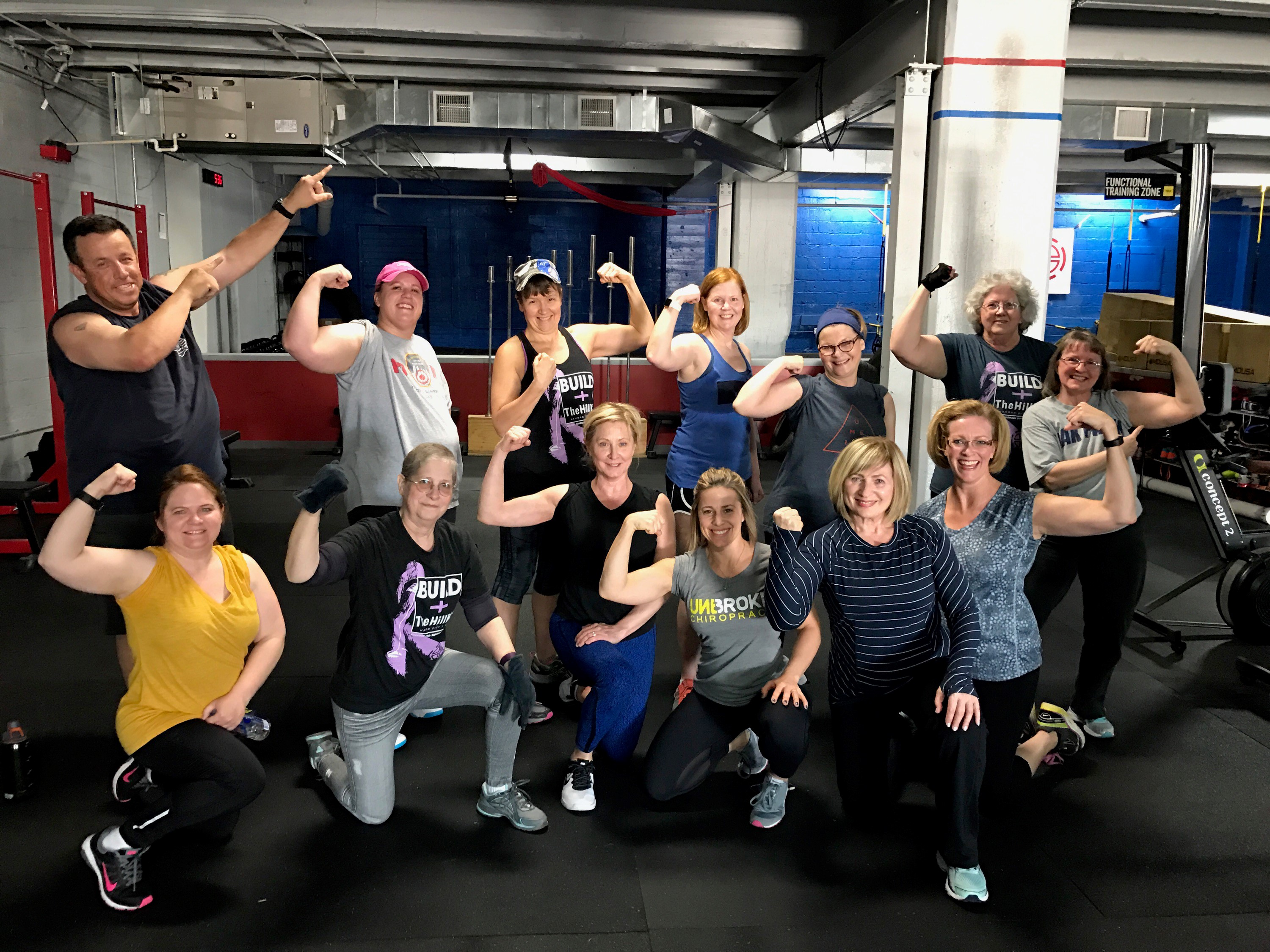Treatments for cancer can be really tough physically and mentally. Nausea, pain and fatigue take a physical toll. Stress and fear can take an emotional toll on patients, as well. While resting and allowing the body to heal from the stress of treatment is important, adopting an exercise program can actually make patients feel better. In fact, adhering to regular workouts can provides many benefits for patients before, during and after cancer treatments.

Preventing Cancer through Exercise
A 2016 study by the National Cancer Institute (NCI) showed exercise reduces the risk of developing 16 kinds of cancer (Preventing Cancer With Exercise ). The study, which looked at 1.44 million adults over approximately 11 years, showed the biggest cancer reduction benefits were conferred upon those who engaged in the most exercise each week. Even former smokers and obese subjects saw their risk of developing cancer decrease when they stuck to regular workouts. We already know exercise helps ward off heart disease, osteoporosis and other diseases. Knowing it can also help to prevent cancer should provide more reason for everyone to get off the couch and lace up their shoes.
Exercise During Cancer Treatments
Surgery, chemotherapy and radiation place cumulative stress on cancer patients’ bodies and minds. In the past, cancer patients were not encouraged to be active because the belief was it was important not to further stress on the body. Now, evidence shows maintaining physical activity actually helps patients during the treatment process.
Being sedentary leads to loss of muscle mass and function. By remaining active during treatments, cancer patients can prevent loss of muscle and improve their balance. Preserving muscle mass and balance is critical if a patient wants to continue to lead an independent life. Furthermore, maintaining enough strength for routine daily tasks improves the overall quality of life for cancer patients.
In addition, physical activity can help cancer patients avoid developing other complications or conditions. Exercise can reduce the risk of developing potentially deadly blood clots and can create stronger bones, which helps to prevent the development of osteoporosis.
Exercise can also help reduce side effects of treatment, such as nausea and fatigue. Physical activity is a natural antidepressant which helps improve patients’ sense of well-being by reducing feelings of anxiety and depression.
Components of Exercise Program
Exercises programs often consist of several components. Patients may benefit from strength training, aerobic training and mind/body training. An exercise program will look much for different for a person who has worked out her whole life than it will for someone who has always been sedentary. It is important to clear any and all exercise programs with a medical professional. Your oncologist may be able to refer you to a trainer who works specifically with cancer patients.
Strength and Balance Training
Working on gaining and/or maintaining strength is important for cancer patients. The goal is not to develop hulking muscles. Instead, patients should be striving to maintain enough physical strength so they can care for themselves, enjoy mobility and remain independent. For one patient this could mean hitting weights at the gym. For another, strength training could simply mean developing the muscles needed to rise up out of a chair.
Aerobic Exercise
Aerobic exercise works the lungs and the heart as well as the muscles. For example, spinning on an exercise bike or walking for 20 to 30 minutes could reap major aerobic benefits for patients. Again, the intensity and activity will depend in part upon previous fitness level. A qualified trainer can help patients determine what activities and intensity levels are appropriate during treatment.
Stretching/Mind-body
Gentle stretching may be beneficial, particularly if a patient has had surgery. These days, plenty of evidence points to the benefits of mind-body exercise programs. Yoga and/or meditation may be very helpful for cancer patients. Mind/body programs provide emotional benefits and promote a sense of calm and well-being.

Exercise after Cancer
The American Cancer Society recommends cancer survivors engage in strength training twice per week and aim for 150 minutes of exercise each week (For more information on the ACS guidelines, click HERE).
Before taking on a workout program, please consult with your oncologist. Work in conjunction with your physician to determine what type of program will safely and optimally suit your needs . Your program should take into account your type and stage of cancer as well as your current physical condition and energy level.
Keep your eyes open for more informative articles for cancer survivors! For more information on how you can help those who are battling pancreatic cancer, please click HERE!



